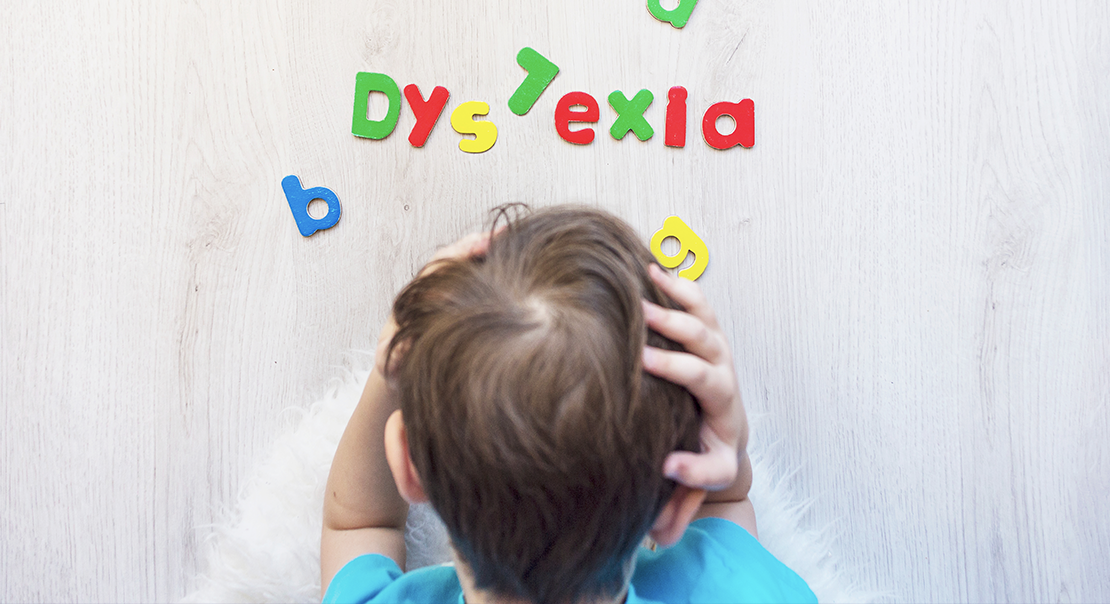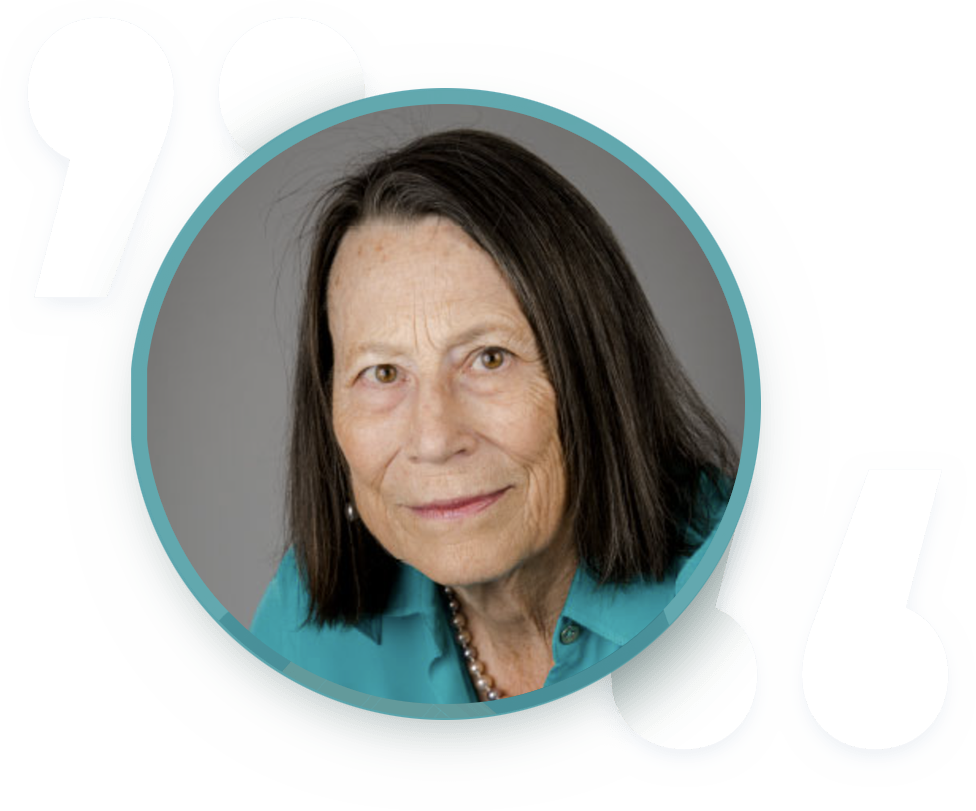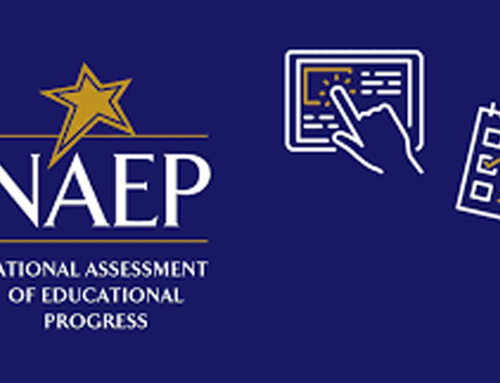
Dyslexia means, by its Greek roots, difficulty with words. More specifically, dyslexia is an unexpected problem with accurate and efficient recognition and spelling of printed words. It is to be distinguished from reading comprehension problems that may occur even though students can read the words reasonably well.
Dyslexia is the most common type of developmental reading disability and one of the most studied of all learning disorders. Advocates have successfully pushed more than 40 states to adopt rules and guidelines for the identification and treatment of dyslexia. Given prevalence estimates of about 5 percent to 17 percent of all students, one or two who merit this descriptor are likely to be in every classroom. Thus, every teacher should be familiar with the nature of the disorder and how to teach children who are affected by it.






